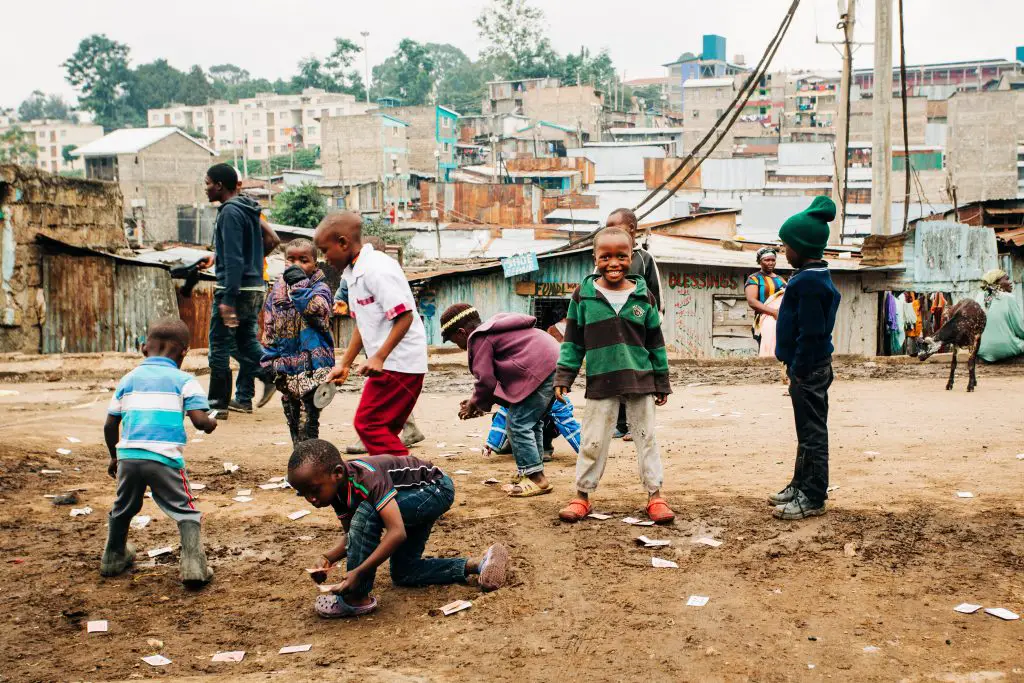Global emphasis on ‘stay at home’ orders has affirmed the strategic position of housing as the frontline defence against spread of the novel coronavirus.
Having a roof over your head has never before been critical in providing protection against contracting and spreading a virus as it is now.
Housing is today helping to keep many from the deadly bug by allowing populations meet essential requirements like physical distancing and quarantine for those infected in COVID-19.
In Kenya, where fixing housing deficit is still a pipe dream, many households are exposed to the dangers of the pandemic especially the poor living in informal settlements.
Currently, the recommended social distancing is a mirage, an unimaginable luxury for slum dwellers who live in already crowded areas where large families are forced to share a single and quite smaller rooms.
For instance, picture out how two-thirds of 4.4 million would achieve social distancing on just six per cent of Nairobi’s land mass. It is just impossible.
Housing plans in slums are jumbled up with most houses built close together. It is difficult for many to live within recommended sanitary standards and access to clean water needs is a puzzle that cannot be solved overnight.
While most of the country’s middle- and upper-class populations in the city will comfortably quarantine themselves at home with adequate provisions, it will not be easy for many slum dwellers. They must come out of their houses often for basics like water and the use of communal toilets and breach the new rules of interaction.
All these challenges can be partly blamed on inability of the economy to create enough quality jobs to help the poor secure a living in better houses.
This situation is rampant across Africa.

In Kenya, it is we who are yet to understand how urgent the country needs proper and affordable housing for a majority vulnerable population.
It may take such a global public healthcare crisis to help Kenyan’s understand the urgency of securing decent housing for the poor, but we must not let this understanding pass for a song.
Perhaps it’s now time we should be more focused on finding lasting solutions to address gaps in this segment of housing post the pandemic. But it will not be an easy ride. We need to get all our acts right to protect the poor in the society.
To develop a lasting solution, we must take into consideration the best approaches that will effectively and efficiently deliver affordable housing in an urban setting.
First, there is urgent need to correct housing prices for existing developments and make it affordable to many Kenyans. This can be achieved by encouraging development of more affordable units that match most income brackets in the urban centers.
The World Bank in a 2017 study shows that only 10.2 per cent of Kenyans living in urban households can afford cheapest housing that costs KSh 1.7million ($17,000 USD).
Also Read:Kenya’s Housing Finance cuts losses by $50 million this year
These are households with an average monthly income of KSh 53,000 ($530 USD) because they are among a few who can afford a mortgage repayment of
KSh 21,000 ($210 USD) every month for a period of 15 years at interest rate of 14 per cent.
Such data is critical in forward planning and targeting for both the government and real estate industry players.
What this means is that we will sooner than later start experiencing movements of populations to different level of houses based on their affordability.
For instance, populations paying an average of KSh20, 000 ($200 USD) in rentals will begin moving to home ownership.
With the pricing correction, it’s anticipated that this regime would trigger a downward review on general rental charges to create a gap that will be filled by households with lower earnings. At this point some better off households in the slums may be inspired to move to neighbouring estates that have considerably affordable rental charges and improved sanitation services.
Secondly, there is an option of sequential displacement of households from the informal settlements and improving the area in phased approach.
However, it will be prudent to understand the community and its neighbourhood before you embark on displacement strategy to ensure the strong social and economic ties though disrupted, still lives-on.
What I am driving towards is that great caution and care should be taken when there will be need to displace and destroy homes in slums to pave way for the new housing structures.
Previously we have seen such conventional methods of displacing the poor back-fire because the community was not involved in the whole upgrade process.
An all-inclusive approach on displacement therefore would be the ideal way to handle such imminent challenges.
Provision of alternative affordable housing will not only help the country bridge the housing deficit of often approximated 244,000 units annually, but will also help de-congest and keep healthy populations in informal settlements.
By George Mburu is Mizizi Africa Finance and Operations Director.












